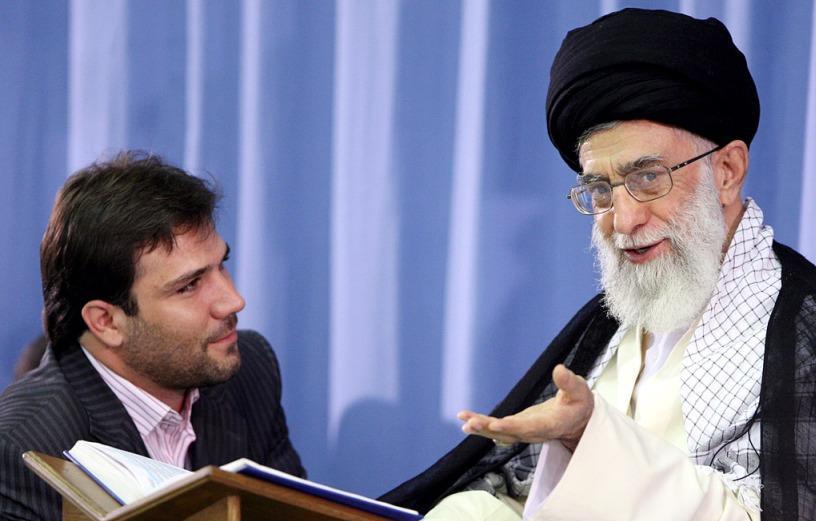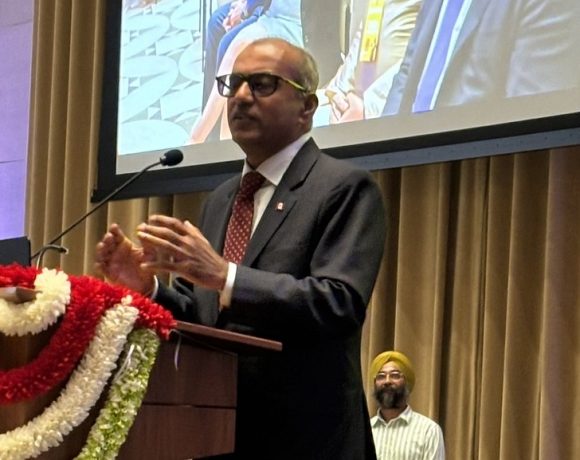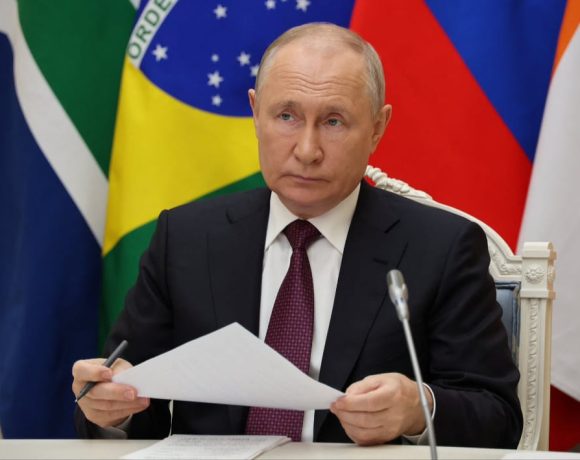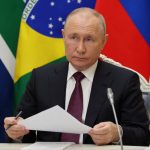
Khamenei Moves to Bunker, Cedes Powers to IRGC as Conflict Escalates
In a major development that signals the deepening crisis in the Middle East, Iran’s Supreme Leader Ayatollah Ali Khamenei has reportedly been shifted to a secure underground bunker in Tehran. The move comes as Israel continues its intense military operations targeting Iran’s nuclear and military command structures. Accompanying this relocation, Khamenei has transferred a significant portion of his powers to Iran’s elite military force, the Islamic Revolutionary Guard Corps (IRGC).
Iran bunker
Khamenei and close family members are said to be sheltered in a fortified facility located in the Lavizan district of northeast Tehran. This action is being interpreted as a precautionary measure following Israeli airstrikes that have struck high-value Iranian military sites and resulted in the deaths of senior commanders. With the operational pressure intensifying, Iran’s top leadership appears to be bracing for further escalation.
Military shift
Alongside his physical relocation, Khamenei has granted the IRGC Supreme Council sweeping authority over wartime decisions. This shift coincides with the depletion of Iran’s senior defense hierarchy, as several top officials—including commanders from the IRGC and regular army—have been either killed or incapacitated in Israeli strikes. To stabilize the military leadership, Major General Amir Hatami has been appointed as the new commander of the Iranian Army.
Analysts believe this delegation of power signals both a tactical necessity and a potential reconfiguration of Iran’s command structure under wartime conditions. The IRGC, already dominant in Iran’s political and security apparatus, is now essentially in charge of strategic military decisions.
Regional conflict
These developments unfold as the Israel-Iran conflict intensifies under what Israel has named Operation Rising Lion. Israeli fighter jets and long-range missiles have targeted Iran’s nuclear enrichment facilities, missile production centers, and key personnel. In response, Iran has launched waves of ballistic missiles and drones toward Israeli territory, attempting to retaliate while also navigating internal disarray.
While U.S. President Donald Trump has stated that Khamenei’s location is known to American intelligence, he confirmed there are no immediate plans to strike the Iranian leader. Meanwhile, Israeli Prime Minister Benjamin Netanyahu has escalated rhetoric, calling Khamenei a “modern Hitler” and openly pushing for regime change in Tehran.
Internal dynamics
With power now concentrated within the IRGC, Iran’s wartime command has shifted decisively from religious clerical authority to hardline military control. Observers are closely monitoring for signs of dissent or potential fractures within the political-military hierarchy. This shift also raises questions about how long such a command model can function effectively under international pressure and domestic unrest.
What emerges is a picture of a regime under siege: its supreme leader in hiding, its military leadership in flux, and its governance increasingly reliant on armed forces. As the conflict with Israel grows more dangerous by the day, the survival strategy unfolding in Tehran may mark a significant turning point in the balance of power within Iran itself.


















